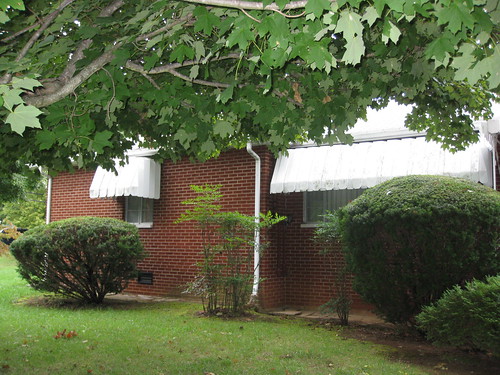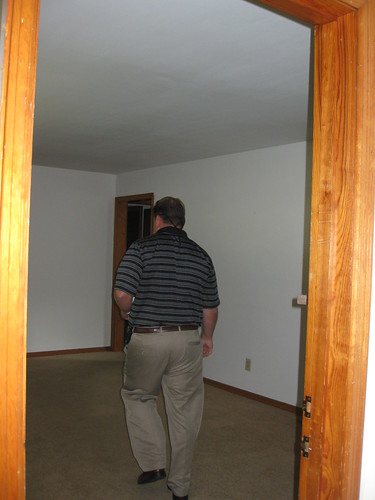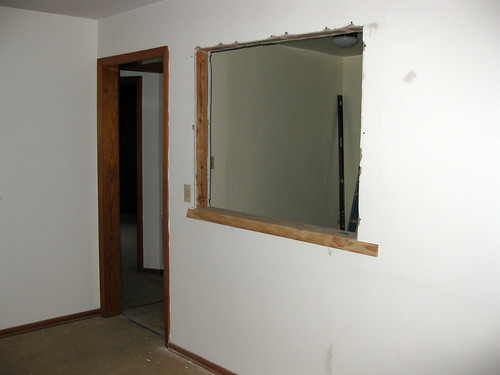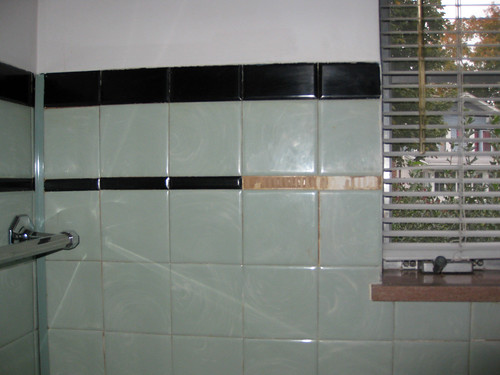
we know we are so very lucky in so many ways. we have each other and continue to find ways to move closer together through, instead of being shredded apart by, the enormous strain.

the photos from Glacier are UP!!!
(FYI: there are a LOT so the slideshow will probably be a little sluggy to load.)
it has been quite some time since last i updated the blog... a lot has been happening here. the biggest change is that Andrew has developed cancer. the lymph nodes on his neck enlarged while i was at ACVIM and we have been crashing through the medical machine at relative speed to be able to the name 'the monster' for knowing its name will give us power over it and allow us to make a plan.
yesterday was the summative meeting with the oncologist. it went better than expected with a couple surprises.
we knew going in that Andrew most likely has Hodgkins lymphoma, given his age and clinical signs. the hematopathologist was kind enough to review Andrew's slide with us and point out a number of probable Reed-Sternberg cells. we are trying to get hold of the pathologist to see if we can get digital photos of Andrew's RS cells. we would like to create prints to put up around the house, sort of like Wanted Posters! Andrew can then use his eyes to teach his immune system which cells need help dying. (cancer, after all, reflects an inability of the cell to die a normal death, eg apoptosis, due to mutation.) in the meantime, here a great photo i found on Flickr of a RS cell surrounded by visually normal lymphocytes:
Stage 1: cancer is located in a single region, usually one lymph node and the surrounding area.
Stage 2: cancer is located in two separate regions, an affected lymph node or organ and a second affected area, but both affected areas are on the same side of the diaphragm.
Stage 3: cancer has crossed the diaphragm, but remains confined to lymphatic organs.
Stage 4: the cancer has spread to one or more extralymphatic organs, such as liver, bone marrow, or lungs
A: No clinical signs
B: Clinical signs including unexplained weight loss, night sweats or unexplained fever
Nodular Sclerosing: the most common type of HL. this type is associated with deposition of secondary scar tissue in the cancer areas, which means that tissues may not return to pre-cancer size even if the cancer disappears. this is why PET scans are used over CT scans to monitor resolution of therapy - they measure activity in addition to size.
Mixed celluarity: similar to above but without scar tissue.
Lymphocyte rich: quite rare.
Lymphocyte depleted: quite bad.
Nodular lymphoctye predominant: rare. very slow growing. often responds to wimpier chemo.
 we look forward to learning and growing throughout this amazing and harrowing adventure. we hope you will join us!
we look forward to learning and growing throughout this amazing and harrowing adventure. we hope you will join us! day 2 actually began with great conviviality on night 1 when Mom and Roland rolled into town. we had a marvelous time dining on fish and chips at the Crown and Goose as you can see here:
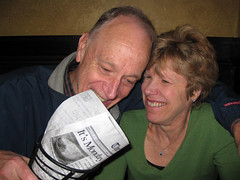
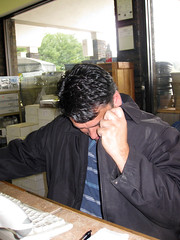
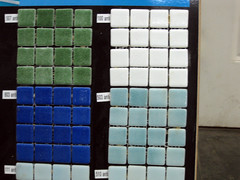
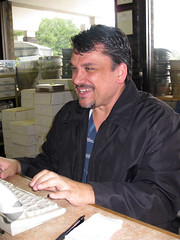


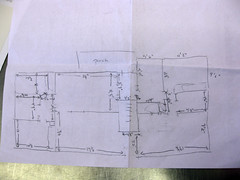

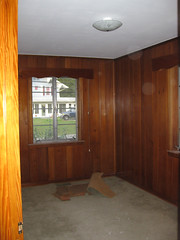
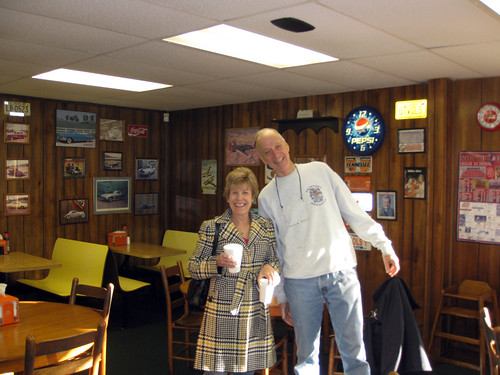
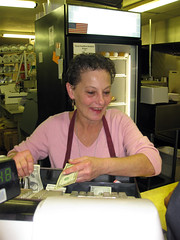
when i bought the house, i resolved that i would share the remodel progress on the blog. after all, it isn't often in one's life that a person attempts to do 4 months of remodel work in 2 weeks with a few very good friends.
between working on the house full-time for those weeks, continuing with my day job (some deadlines could not be moved), and getting The Influenza - there was no time left at the end of the day to upload photos or write. The Influenza dragged on for weeks after the remodel, slowing me down dramatically, and it is only now that i have been able to carve out time to edit the photos and start the reporting. we certainly worked our tails off, but we also had a wonderful time.

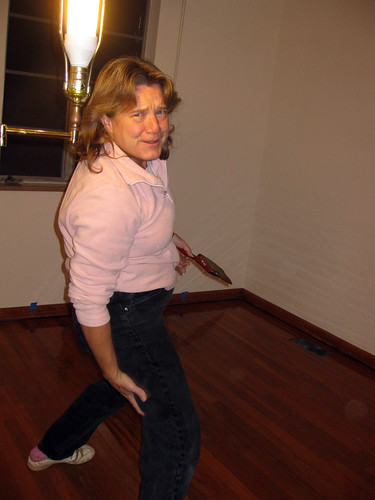
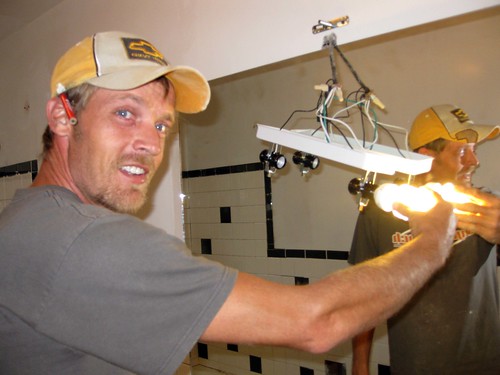
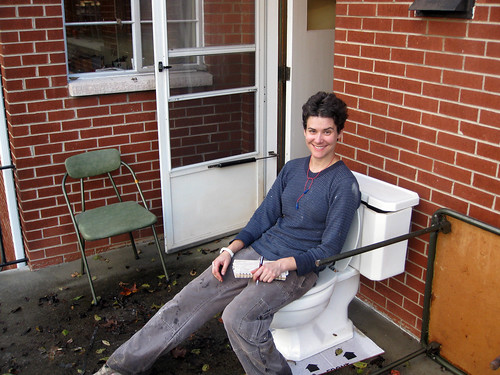
Hey Jax. This is Don. i just wondered... if you have any time between classes and you wanna call the recycling people, there is a pile of aluminum sitting in the driving and you can tell them they can come take a look at it. see ya.
